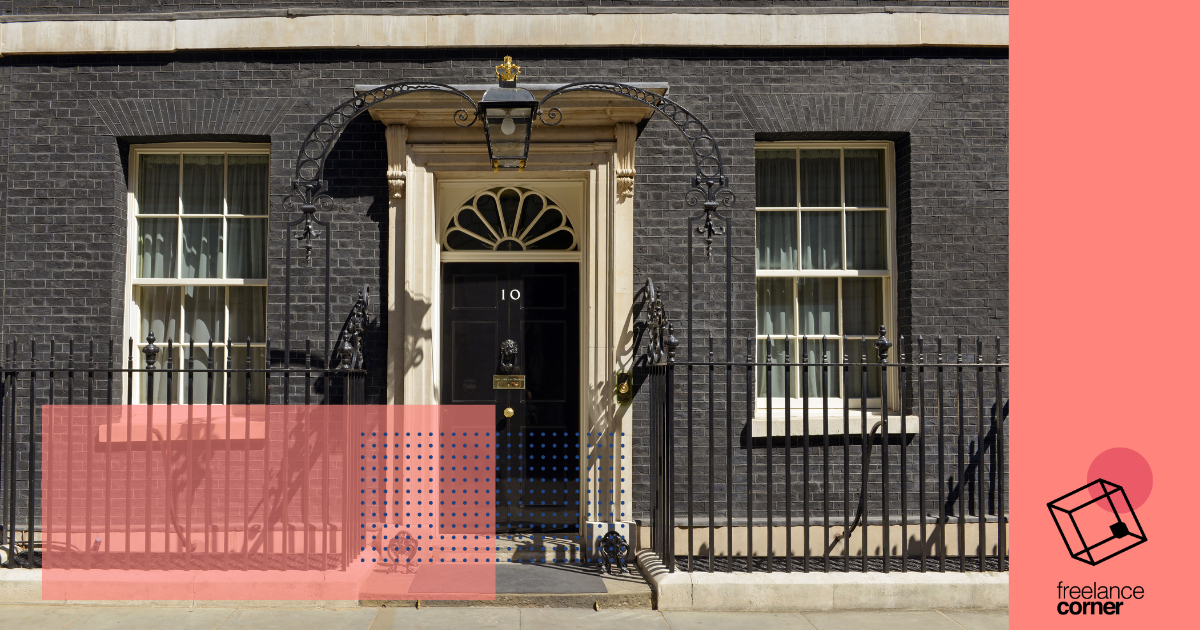If you’ve been freelancing or self-employed for a while, you will definitely have experienced some of the highs and lows of managing client relationships. But how can you develop better working relationships? We spoke to graphic designer Catherine Jordan for advice.

Retraining:
Catherine realised that the traditional nine-to-five job was not for her, so decided to retrain as a graphic designer and work for herself.
Starting out
Catherine initially started her career in the world of publishing before quickly determining that the structure and routine of a nine-to-five job just wasn’t for her.
She decided to retrain in a more creative field and after studying at London College of Communications (LCC) she joined Design Laboratory, a multi-disciplinary design studio within Central Saint Martins. During her five years there she focused on branding and packaging for clients such as Bacardi, Dom Pérignon and Moët Hennessy.
Embracing the side-hustle, she began to freelance in her spare time and after launching her own graphic design business she landed clients such as English National Ballet, for whom she designed invitations for their Spring Gala, alongside the tickets, RSVP cards and other printed materials. Now she creates a multitude of products for clients, from small logos for independent businesses to full scale visual identities.
Building client relationships
Specialising in branding, Catherine says she “enjoys building client relationships and transforming their values into visuals”.
In fact, one of her first clients is still with her 12 years on: “Every year they come back to me with the same project. It’s always a bit different so there are new challenges – but I feel quite proud that they’ve stuck with me for so long and that there’s a good relationship between us,” she adds.
Managing difficult clients
But as many freelancers will agree, not every client relationship can be this successful. “In the early days, difficult clients would definitely upset me and I would go out of my way to try and please them,” explains Catherine.
“Now that I’m older and more experienced I’ve been able to stand up for myself a bit more and trust my gut a lot more about when the client is going to be difficult. If I sense that the relationship isn’t going to work out, I tend to turn the project down.”
The idea of turning down work can sometimes be a daunting one for freelancers, especially if you don’t know when your next project might come in.
“I felt it was difficult at the time to turn the project down, but I felt good about the decision,” says Catherine. By maintaining client relationships with the clients you do work well with, you can help ensure that repeat business and referrals come your way.
Her advice when meeting a new client? Watch out for certain red flags. One that can become apparent early on in the process is when a client provides a brief that isn’t very clear and appears to be intentionally cagey or secretive about certain elements of their business.
“As a designer you want to know as much as possible about the client or the business you’re working for, otherwise you can’t do the job properly. You need to research things fully and get a proper picture of the project – so if a client is holding this back it makes it difficult to complete the job properly.”
If I sense that the relationship isn’t going to work out, I tend to turn the project down.
Trust your gut
To avoid this, Catherine says she prefers to do things face-to-face as it allows you to get to know the client better. You can also make notes along the way, she adds.
“I think you get more out of someone by talking to them as opposed to only speaking through emails or phone calls. Actually, building a relationship is the most important part – if they can trust you, the more they’ll open up and the better job you can do.”
While this trust that has been established is important for the optimum final product, maintaining client relationships also means putting these face-to-face meetings onto paper.
“Whenever I accept a job, I use contracts so that the client knows exactly what they’re paying me and for what,” Catherine emphasises. This ensures that both parties are in agreement and helps avoid any issues further down the line.
Running your own business requires you to develop a variety of skills in order to uphold the host of roles you now fill and learning how to maintain client relationships is essential in the freelancer’s toolkit. Catherine’s experiences highlight the importance of building trust and transparency with your clients, and that when you work by yourself, it’s important to trust your gut.






